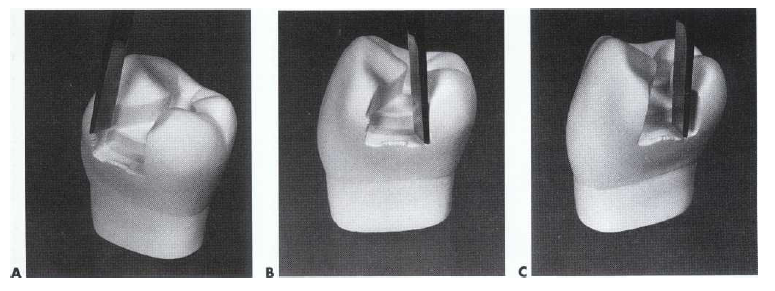Boxed Shaped
The shape of the cavity is boxed shaped with definite walls, floors and line angles. Line angles are neither sharp nor too rounded. This is to ensure that the force that is transferred to the tooth will be even.

Flat Floors
One of the mistakes of doing flat pulpal floor is that many assumes the orientation of the floor perpendicular to the long axis of the tooth but in fact, it is to the long axis of the clinical crown.
The crowns of the lower premolar tooth has the most severe lingual inclination, so mind your bur angulation especially when preparing on to this tooth. This is to prevent undermining the buccal cusp, and the encroachment of the buccal pulp horns.
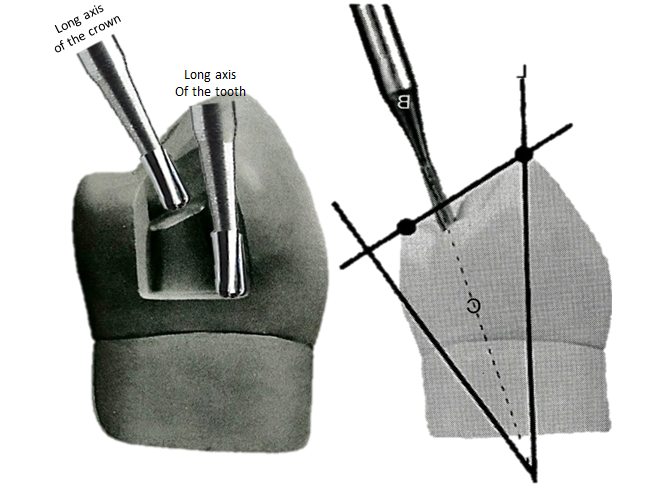
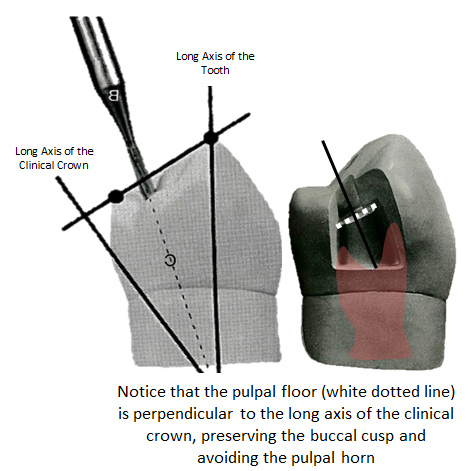
Using of hand instruments is very useful in achieving flat floors
Link Basics Course Hand Instrumentation
Smooth Walls, Floors, and Line Angles
Line angles should be well defined. It is not too rounded or not too sharp.
Forming a definite line angle is difficult when using a bur because its shape is naturally round. No matter how you pass your bur hoping that you will form a definite line angle is a useless thing to do. It will just make your preps a whole lot bigger. To achieve definite line angles, use a hand instrument to define the two WALLS that form the line angle, while avoiding the line angle itself. With this, you will avoid making the line angle too sharp but making it more defined and slightly rounded finish.
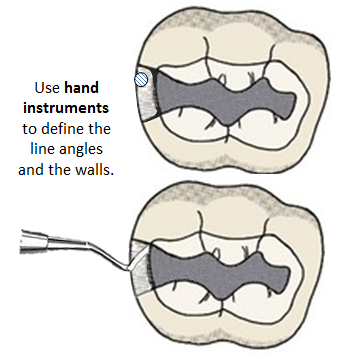
Achieving smooth walls and floors can also be achieved by using hand cutting instruments. All you have to do is to smooth the two walls that forms the line angle.
Link “Hand Cutting Instruments“ Section
Make Video: Checking for the smoothness of cavity prep (light handling of the explorer, checking for steps, etc.)
Definite Cavosurface Margins
This means the cavosurface margins (margins that delineates the prepared and unprepared surface of the cavity) should have no enamel lips. These are considered unsupported enamel and is definitely a big no-no.
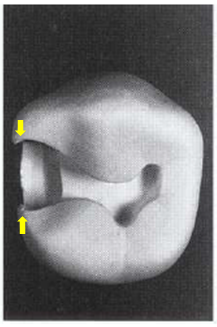
Eliminate these enamel lips with a hatchet/chisel by thrusting from the occlusal to the gingival. While doing this, avoid over-flaring the angles by correctly orienting the blade towards the buccal/lingual walls of the proximal box.
